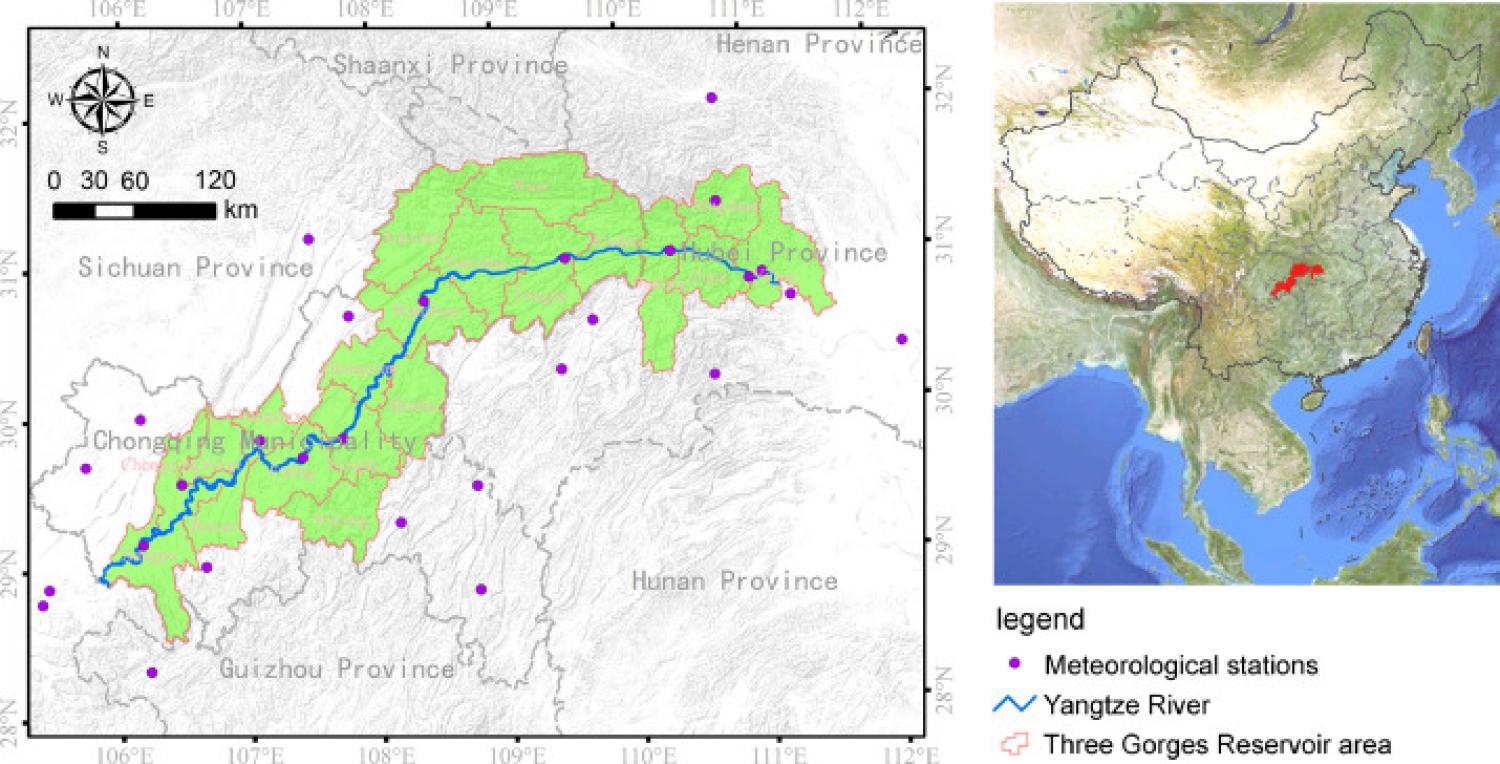
Climate, land use and land cover (LULC) changes are among the primary driving forces of soil loss. Decoupling their effects can help in understanding the magnitude and trend of soil loss in response to human activities and ecosystem management. Here, the RUSLE model was applied to estimate the spatial-temporal variations of soil loss rate in the Three Gorges Reservoir (TGR) area during 2001–2015, followed by a scenario design to decouple the effects of climate and LULC changes. The results showed that increasing rainfall generated as much as 2.90 × 107 t soil loss in the TGR area. However, such effect was offset by changes in LULC particularly afforestation, which retained about 1.10 × 107 t soil annually. Other human activities such as dam development and urbanization aggravated soil loss by as much as 1.40 × 106 t annually. Because of land use policies that favor economic development, distinct spatial variances of soil loss were observed in TGR area. Soil loss in some counties located downstream of the TGR area (i.e., close to the dam) was more influenced by dam development, but soil loss in the other counties was more influenced by urbanization. As climate change (i.e., increasing rainfall) did not affect plant performance in TGR area, our findings suggested that ecological restoration was more beneficial to curb the amount of soil loss caused by urbanization and dam construction.
